News item: Duluth's Harley-Davidson Sport Center Announces Closure
This is happening all over the country. Long-time HD dealers have been closing. Reasons, in random order:
- For the past few years these bikes, related trinkets, gear, and accessories have not sold well enough.
- Todays Harleys need comparatively little service work because A) they became very well-engineered and well-assembled more than twenty years ago, and B) on average they are not being ridden so many miles per bike per year.
- Speculation: HD franchise agreements were updated when times were good and those contractual commitments required dealers to build architecturally expensive buildings which required big mortgages.
- Speculation: A few dealers may now be ‘upside down’ deeply enough to be simply leaving the keys to their business at their bank and walking away, just as more than a few upside-down homeowners did after the sudden collapse of the subprime mortgage market back in 2008. Ironically, part of Harley’s sales boom during the 2000’s were motorcycle purchases juiced by increased amounts of discretionary spending money coming directly from oversized subprime home loans.
If anyone ever wanted to own and operate a Harley store, today they could probably buy more than one at very attractive prices. The only problem would be figuring out how to sell all those excellent but less currently mainstream-fashionable bikes. I have no idea how anyone might do that.
With our local Harley dealer gone (after over seventy years!), Duluth and adjacent Superior have only one franchised motorcycle store, RJ Sport and Cycle. They sell Hondas, Yamahas, boats, outboard motors, ATV’s, side-by-sides, snowmobiles and much more. I went there a few weeks ago to purchase a small item and noted they had far more boats, outboard motors and side-by-side ATV’s on display than motorcycles. For better or worse, Harley stores don’t have that option. (Local Suzuki and Kawasaki dealerships left years ago. Our SMSA* ‘trade area’ is somewhere around 250,000.)
Separately, a new and seemingly important scientific study was published in November which found:
“...Our data comes from a national survey with a representative sample (n = 2,155) of U.S. adults living in urban and suburban areas. Using descriptive statistics and multivariate regression models, we find that there is a threshold effect of car dependence on life satisfaction. Our results show that beyond a certain point, increases in car dependence yield a decrease in people’s satisfaction with life.** For instance, we find that, in a typical week, relying on a car for more than 50 percent of the time for out-of-home activities is associated with a decrease in life satisfaction.” – Arizona State University, Department of Economics and Urban Planning***
This result might be difficult for many Americans to accept, much less influence anyone’s future mobility choices. (Duh…) But this ASU finding directly supports what I’ve been thinking, writing and blathering about for years. It is the first statistical research-based evidence on the subject I’ve ever seen. Hopefully, it will eventually become part of an increased public health awareness providing at least one solid reason to justify using a bike more frequently as utility transportation. But for now, this study seems a lot more like those very early 1950’s cancer studies which showed smoking was harmful. Almost nobody believed them, and tremendous money and power was expended attempting to discredit them. Yet maybe just like the medical research damning tobacco use, at some point this study about the negative effects of overuse of automobiles might become important enough for governments to create incentives to encourage more riding. After all, some of the most socially cohesive and pleasant societies on the planet (examples include Japan, most SE Asia countries, etc.) are places where high-ish percentages of citizens have chosen to employ bicycles and small motorcycles as daily transportation. Usually this happens for direct financial and space reasons, not because riding: “(increases) people’s satisfaction with life.” But regardless of reasons, there are a lot more utility riders in those parts of the world than there are here in America.
Don’t get me wrong,…I love cars and light trucks and am very fortunate to own a reasonably nice older example of each which I enjoy using and taking care of. But I still find it easy to appreciate how our pervasively wide societal adoption of well-sealed private vehicles, along with a seeming infinity of computer and phone screens, have combined to effectively and increasingly isolate people from one another by allowing so many to descend into little personal silos of steel, glass, aluminum, plastic and silicon. As a direct result of such experiences more of us have become overly fearful of nearly everyone and everything existing outside of those silos.
About fifteen years ago, just as China was beginning to become materially modern and rich, the municipal governments of several or their huge cities started banning motorcycles and encouraging the use of private automobiles. There are many reasons (comfort, efficiency, convenience, safety, etc) why cars are an easy aspirational sell, but the shift away from small bikes in Chinese cities was ironic and dumb because it removed by authoritarian decree one of the cornerstone ingredients of China’s modern-era development success: A calm and highly co-operative working population, which, for more than a generation, had gotten themselves from A to B every day either by pedaling a bicycle or riding a small motorcycle. Those two elements, daily riding and a relatively satisfied population, are, in my imagination, closely linked.
At Aerostich we will continue to advance our product and marketing efforts in ways which occasionally include that idea. But nothing we do here will likely ever leak into broad public awareness strongly enough to make a difference in the lives of most Americans, or noticeably influence future sales of those great Harleys. Regardless of all that, this ASU study seems a faint ray of light, and we’ll give it everything we can.
Separately, here is one positive number: Every year the total number of registered motorcycles increases a bit, which directly increases the average age of the average registered motorcycle. It’s now over eight million and the average bike’s age is now around twenty years. When this kind of fleet age creep happens with automobiles, surrounding factors eventually trigger a boom in sales because all those worn-out cars finally became uneconomical to repair and keep road worthy. For U.S. motorcycle shops and rider’s gear businesses like Aerostich, something like that can’t come soon enough.
Mr. Subjective, Dec 17, 2024
PS - If you have read this far, and Lane Splitting and Filtering is not yet legal in your state, please watch this one-hour video about how to get it done where you live. Lane splitting and filtering is normal traffic practice in nearly every country world-wide partly because it greatly increases road safety for riders. You start legalization by finding a professional lobbyist working in your state’s legislature who also rides. All state lobbyists are required to register, and someone in your state capital keeps a list of all these lobbyists which is publicly available by law. Use that list to find the right moto-lobbyist. This is where changing restrictive state laws begins. Lane Splitting is now legal is six states. Your state can be next.
PPS – When it comes to the potential for significantly increasing the number of utility and transportation riders in America, there’s a herd of elephants in the room. The largest is our deeply embedded human trait of wanting to belong to a group and needing to fit in and be accepted by one’s tribe. We became a successful and dominant species specifically by learning how to trust and co-operate with each other to increase our individual chances of survival. Going outside of today’s mainstream personal mobility behavior by spending less time driving and more time riding can in some situations be a powerfully ostracizing repudiation of this most deeply embedded instinct: To belong. The next largest elephant is the increased physical risk of riding. Riders are far more vulnerable to injury or death than any driver, and as transportation technology continually advances and roads and autos become ever safer, deceptively riding seems ever more dangerous. A third elephant? Physical discomfort. Rain, cold, heat, dust, etc. A fourth pachyderm is riding’s inherent logistical and physical complexities. Compared to using an auto it simply takes more time to acquire the skills of assembling and using all the necessary riders gear, developing fluency managing a single-track vehicle, and carrying small items securely. No free lunches at this table, but the longer one lives the more obvious it becomes that the greater the effort one puts into something, the more benefit they get out of it. Lastly, lurking in the background there’s always stuff like this to think about: https://www.nytimes.com/2025/01/10/opinion/la-fires-los-angeles-wildfires.html Fortunately, we are a reasonably resourceful and adaptive species, and I’m very grateful to still able to ride toward that faint ray of light.
*Standard Metropolitan Statistical Area (A term used by the Census Bureau, Department of Commerce, etc.)
**The red lettering was colored by me.
***School of Geographical Sciences and Urban Planning, Arizona State University, United States, Department of Economics, W. P. Carey School of Business, Arizona State University, United States, Authors: Rababe Saadaoui, Deborah Salon, Huê-Tâm Jamme, Nicole Corcoran, Jordyn Hitzeman - Received 18 May 2024, Revised 4 October 2024, Accepted 8 November 2024, Available online 19 November 2024, Version of Record 19 November 2024. https://www.sciencedirect.com/science/article/abs/pii/S2214367X24002175




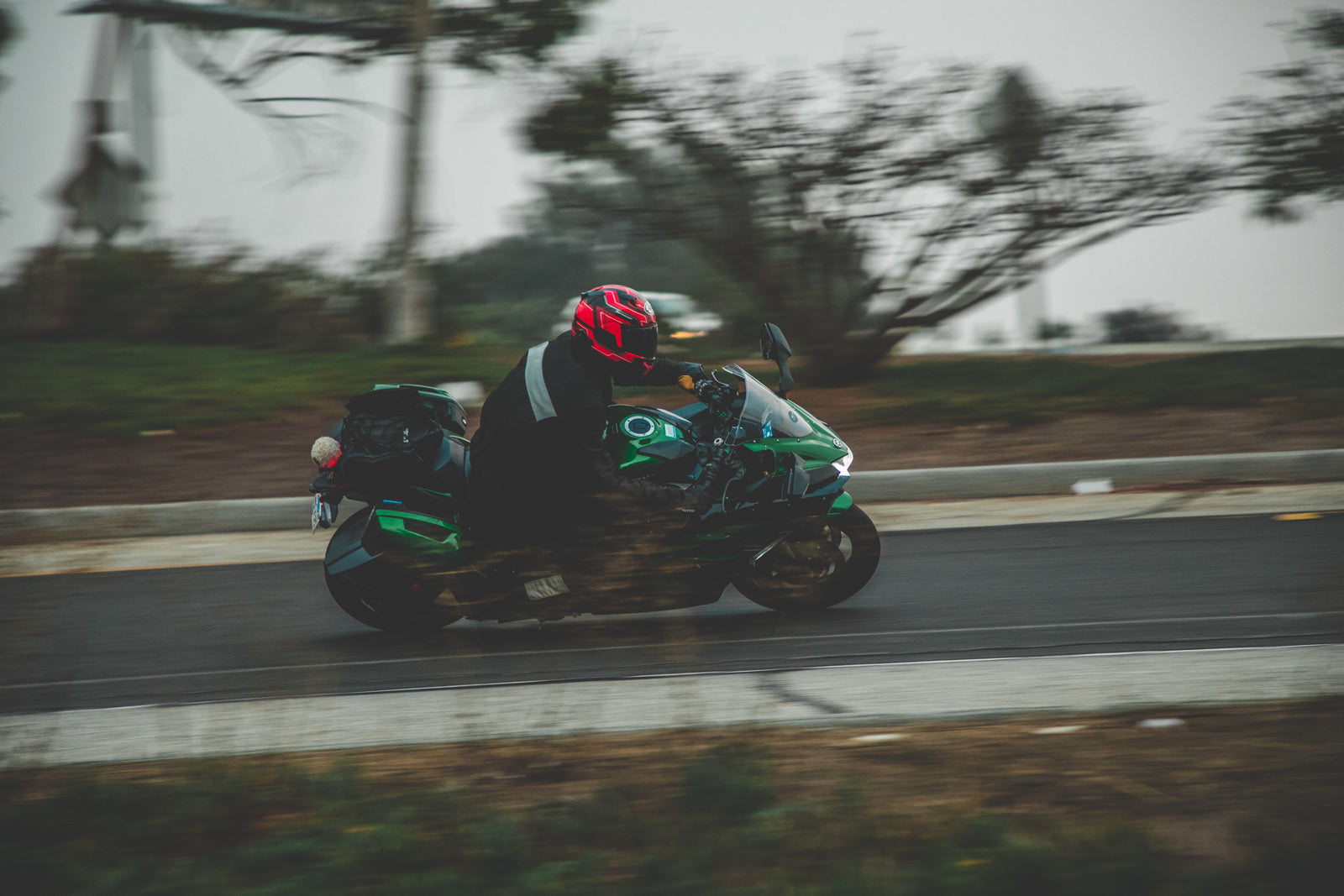
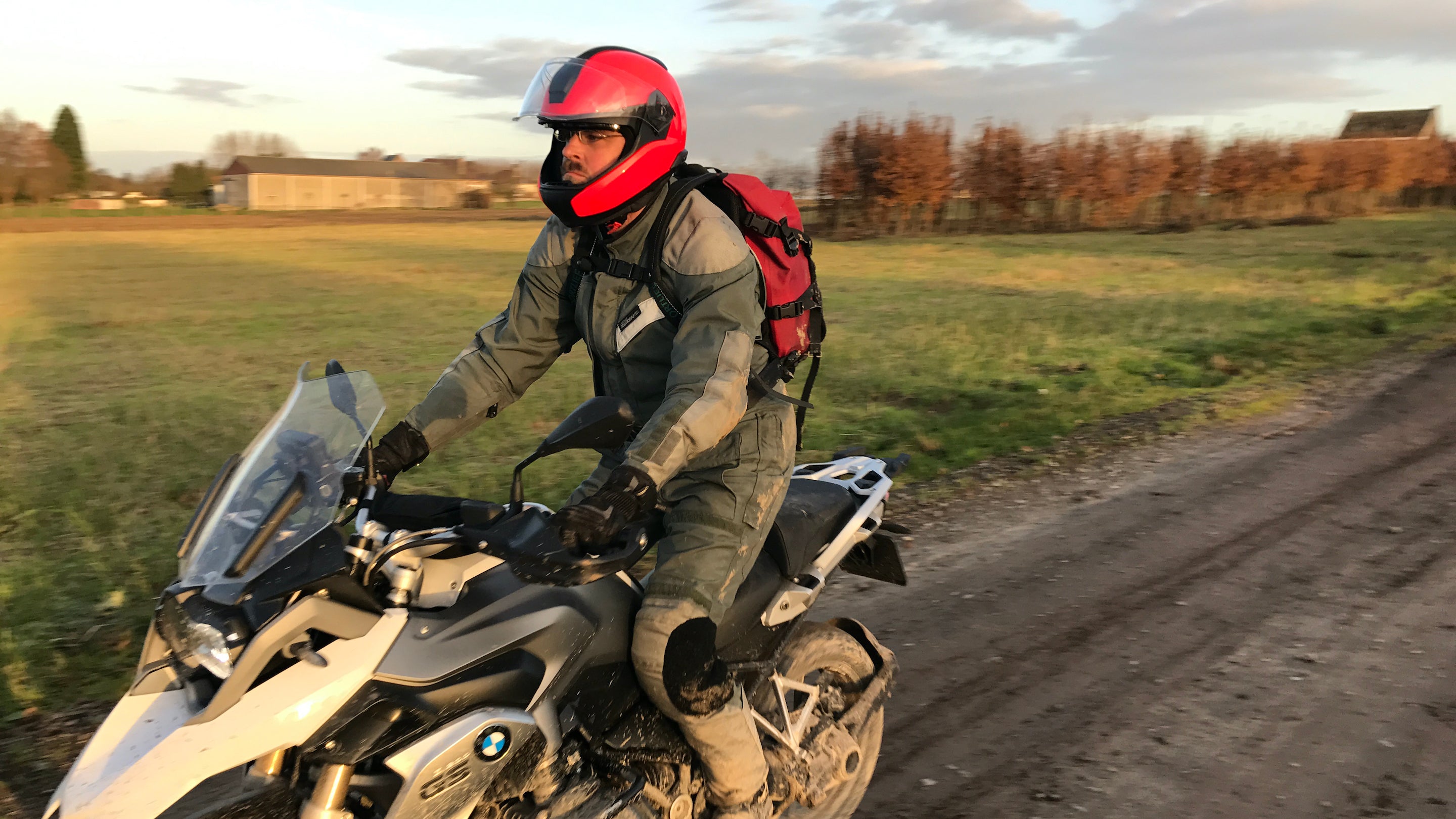
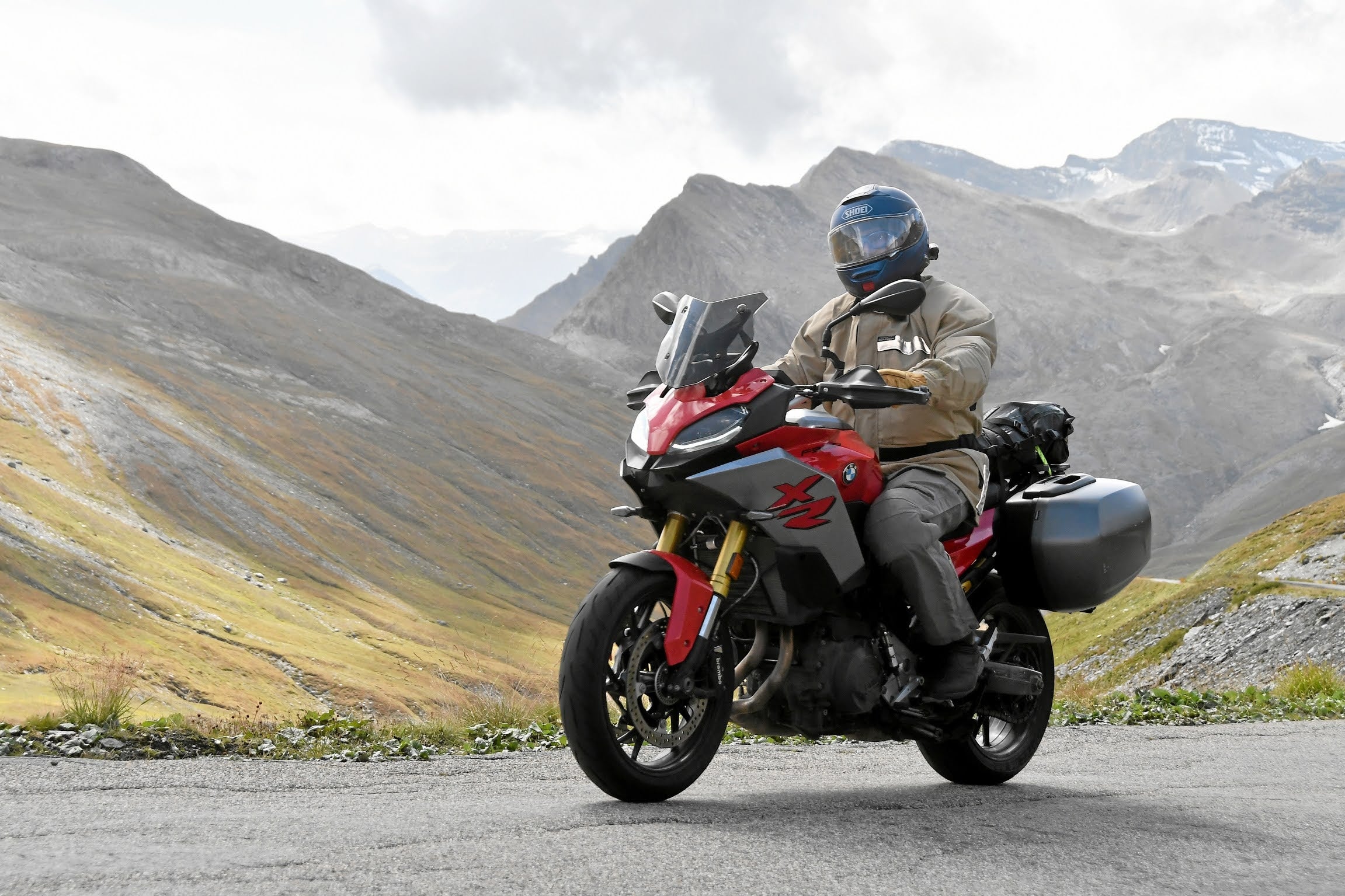
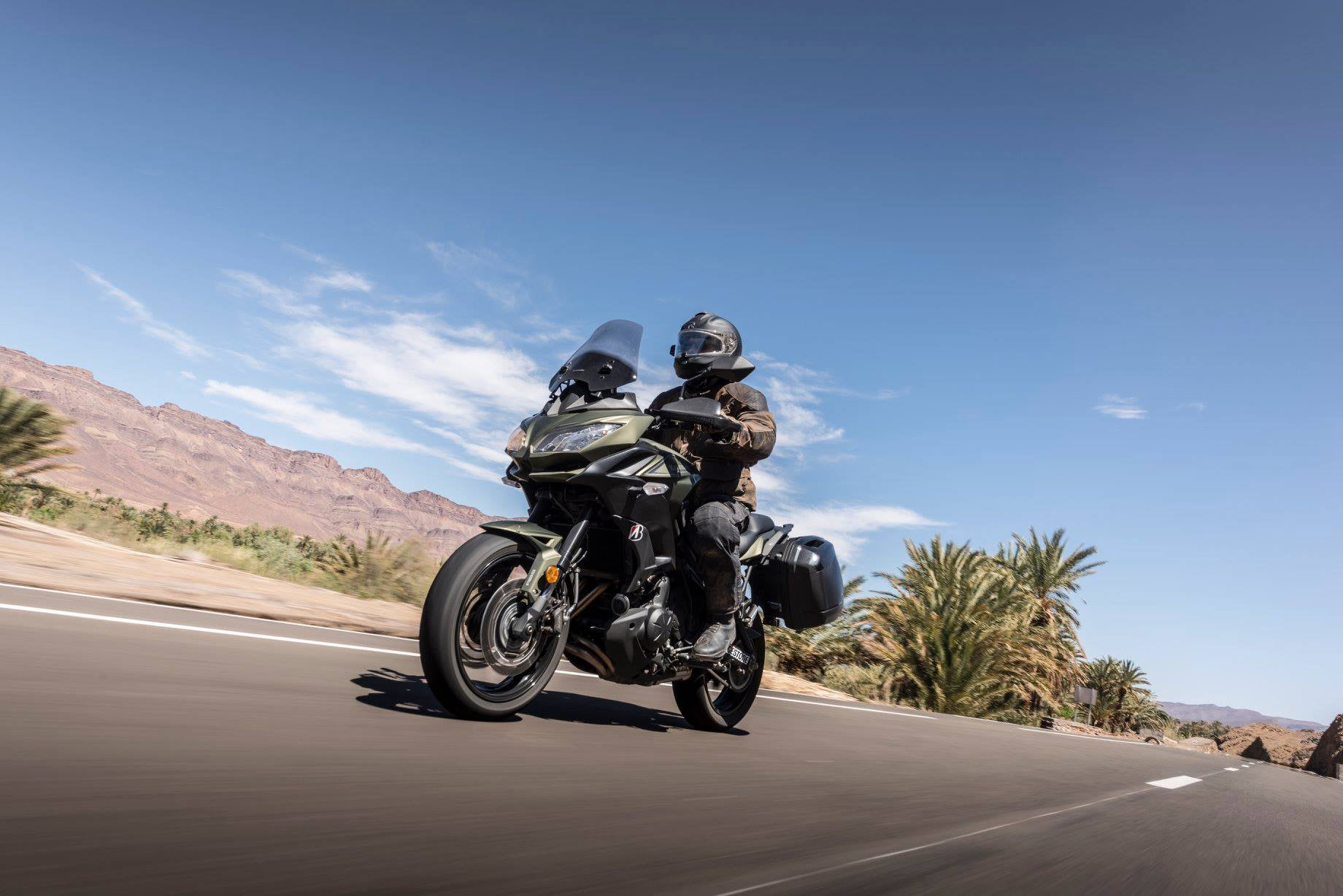
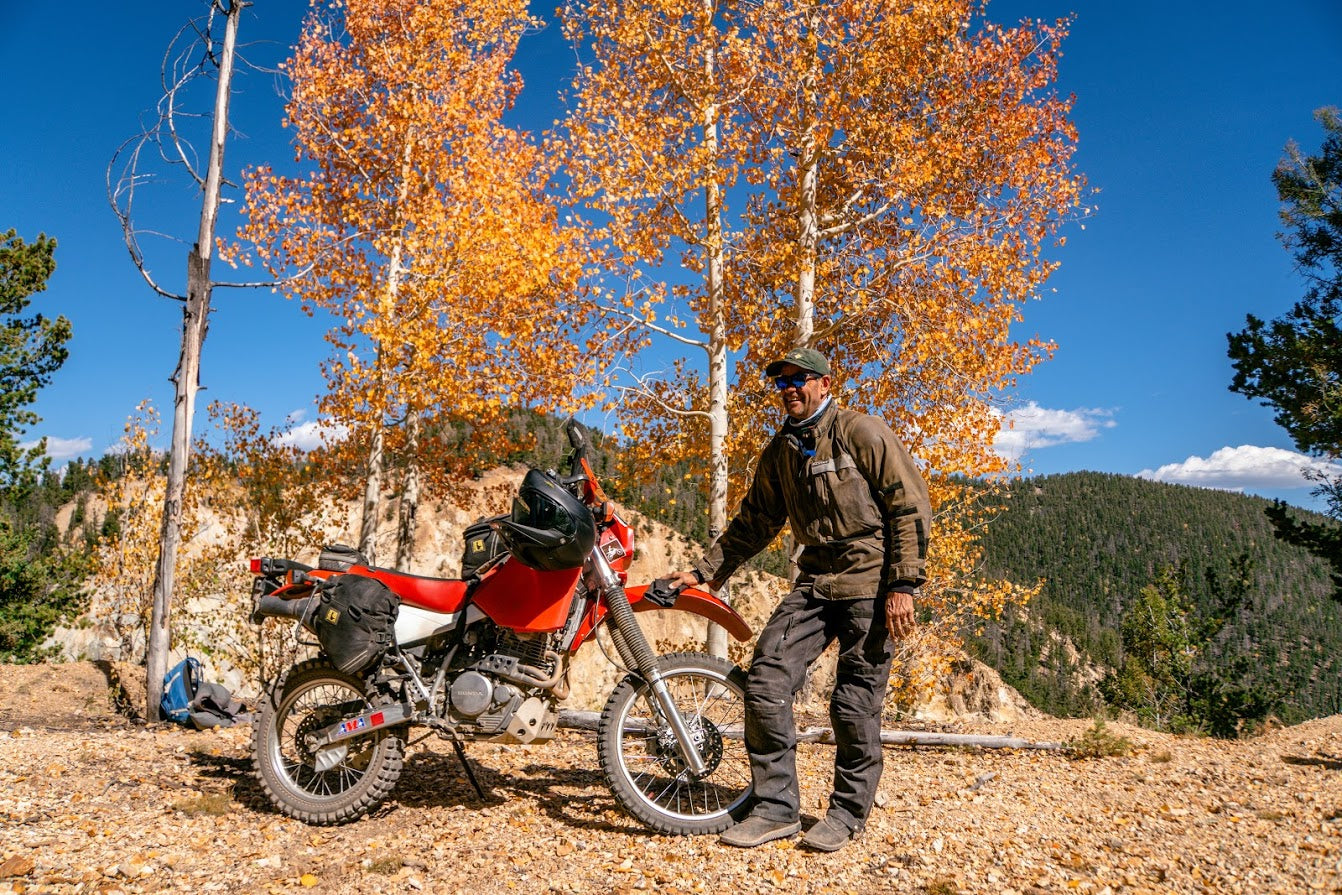
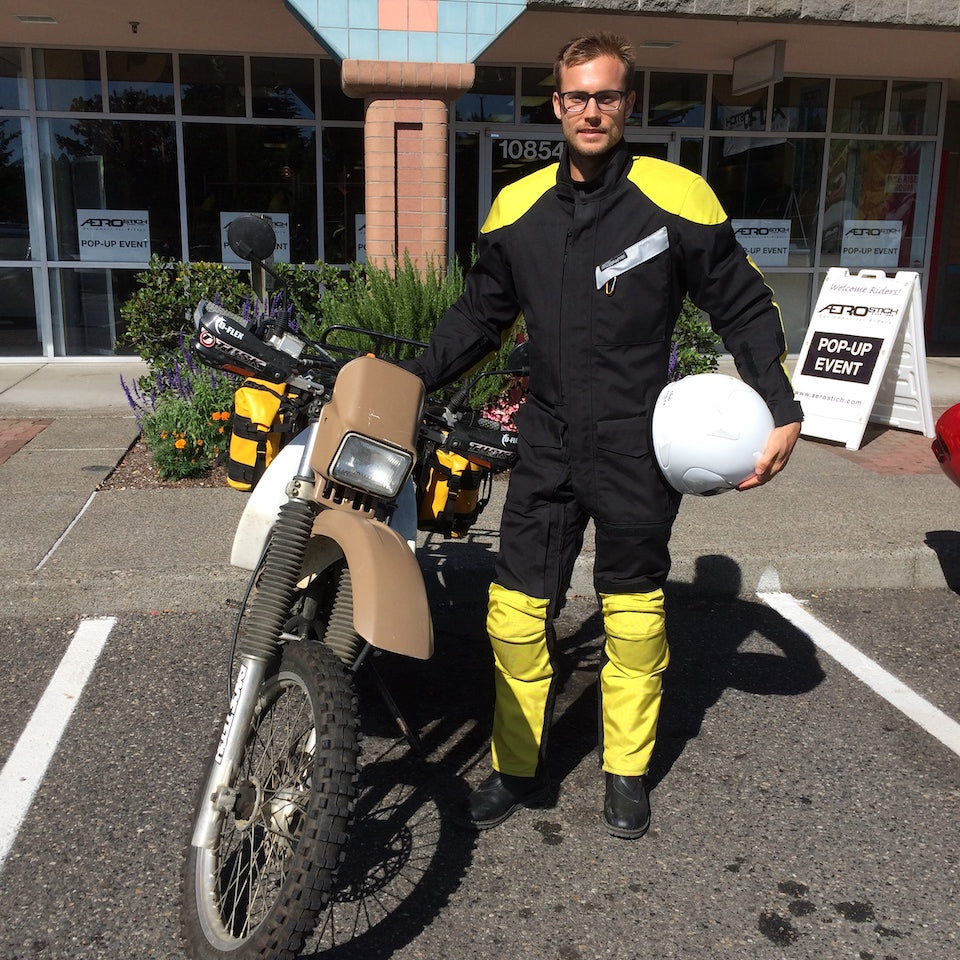




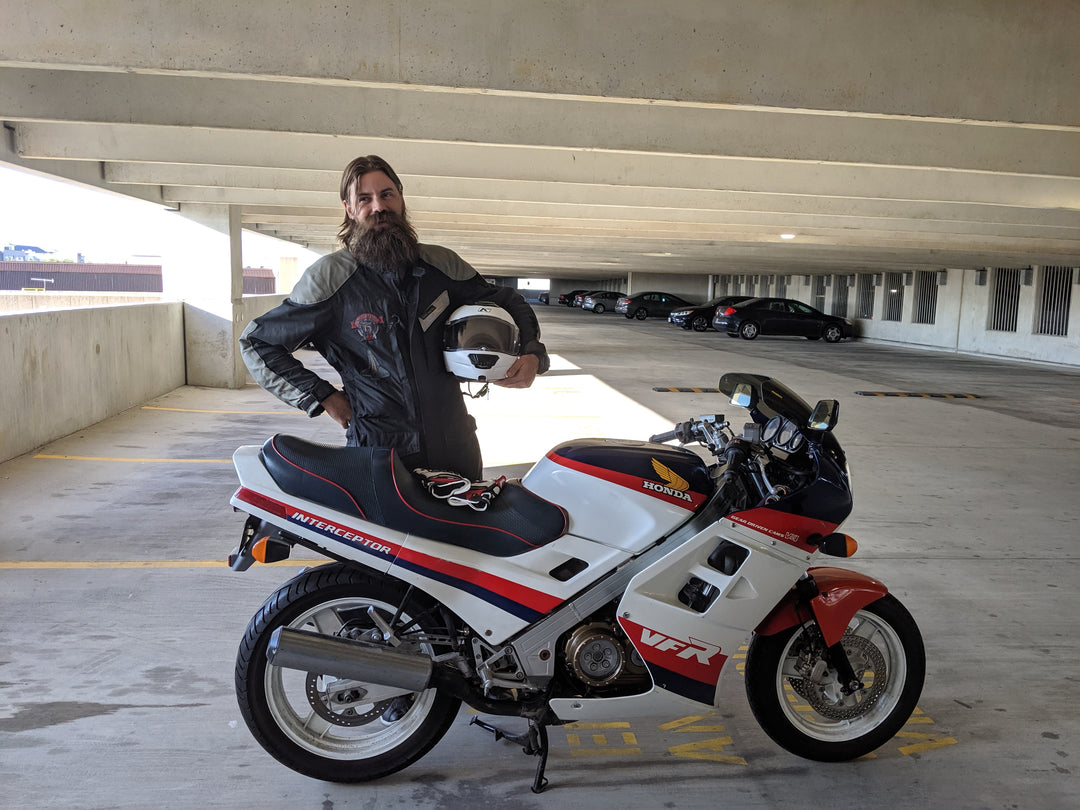
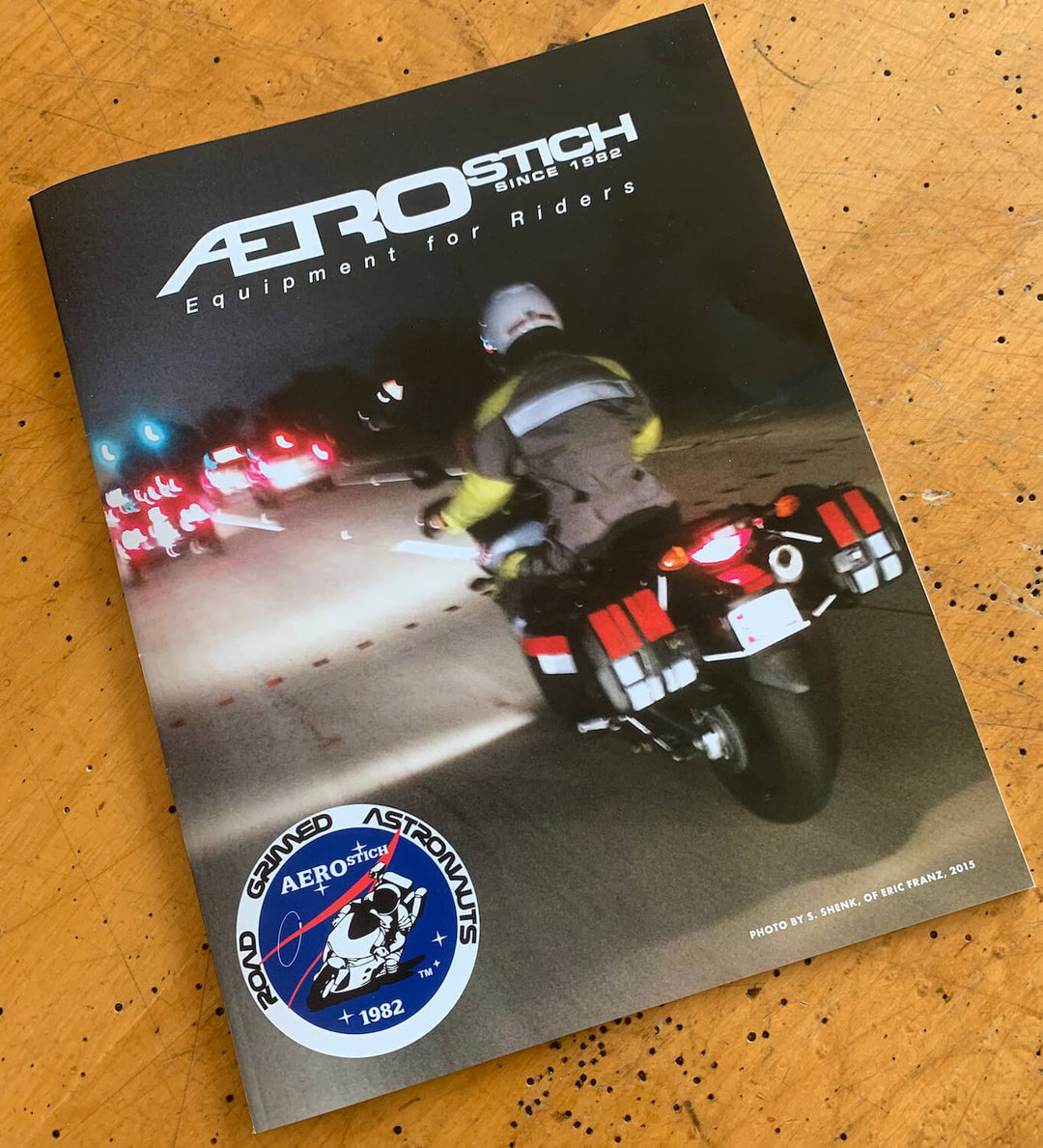
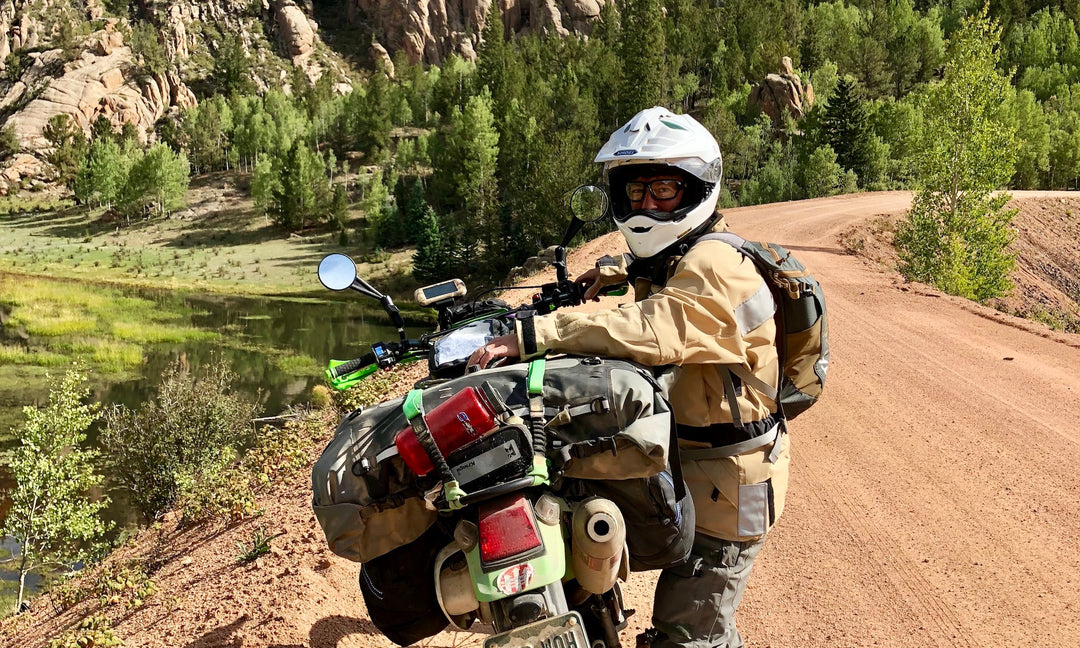
Mr. subjective – Harleys and improved reliability?
In 1998 I stepped out of my usual Japanese motorcycle routine and a bought a new Hawg. Had to install all the screamn’ beagle parts so it had some level of performance to weight ratio. With 975 miles on odo the motor lost a cam bearing. Motorcycle was NEW off of showroom floor. 2 months later and many unpleasantries (after i was denied a néw motorcycle) The dealer and Harley customer support replaced motor. That riding lawn mower never ran properly again. Intermittent stalling/dying. Back n forth to dealer and after another 4 months of complaining I was issued a new replacement. 2 days later on garage floor was a puddle of oil the size of Valdez. Never ever again would I own another paint shaker! Overpriced, unpowered, unreliability, and lack of dependability took me right back to more Hondas/Yamahas + a few Suzukis. Been happy since.Ive also owned 6 KTM 690s that were damn near as reliable as the 32+ Japanese machines I’ve owned in my lifetime. My friend was at the dealer and asked what he could do to improve the performance of a 1200 Sportster. The service shop manager suggested he shoe horn in a GSXR 1200 motor and pull a plug wire. 😹🤣
Thank you Mr Subjective and Aerostich for sharing this excellent and thoroughly informative post, probably the most comprehensive I can remember reading on the topic that brings us all here, being on two wheels as much as possible, whenever possible. Cheers.
Have always enjoyed your thought provoking blogs; the automobile addition is real!!
I call it, " Wheels under the butt ". The majority of people don’t even know their addicted. Think about it, most people will get in their car & go to work, go get a pack of smokes, go shopping etc. on a daily bases.
WHEELS UNDER THE BUTT additon .
Great article. Always enjoy your ramblings. I tend to think the same way when have the time to think. That’s always when I’m riding my motorcycle. I’ve been purchasing, riding Harley’s since the mid 1970’s. Need to put the 19 in now since we are a quarter of the way into the next century. First Harley I purchased was from a shop that also sold Schwinn bicycles. In rolling through to this stage in my life, I’ve seen the rubber to green and back to rubber. Corporations cycle from start-ups to large businesses, to lay-offs during hard times. They either go bankrupt and keep going or they close. Harley has been around for 120 years. Folks will always want good American made iron. My prediction is the Motor Company will survive.
Good stuff. Next topic. “Lane Splitting” Because of family and work we’ve spent a lot of time other side of Atlantic. Pretty sure the term would baffle those folks. We’ve hired bikes scores of times. That’s just part of going on two wheels. In cities in Italy for instance scooters are like gas molecules moving exactly according to physics. Empty space is low pressure area instantly filled by scoot or moto. Once in Madrid I was on city bus just behind driver so I could watch. Couple of duc monsters just below me at red light. Solid two lanes to left of them. Green. Front duc shoulder brushed the corner of bus moving a bit right so second duc had clear shot to pull out of way of steady stream of following scoots – all like from a spray nozzle. Beautiful skills. Perfectly normal for people 85 percent of whom, including bus drivers, cage drivers, have two wheel experience. North America. No way. The long term skill base simply is not in the cards. And Puritan animosity will validate lots of looney pushback. Show you some scars because I bicycled past a NY psycho and another in PA
Our intro, late ‘80s, Scotland, highland narrow road, raining, down hill, steady stream of cars going uphill. Four bikes came railing down from behind, center of space between, all waving…. Not in Kansas anymore, Toto…
Leave a comment